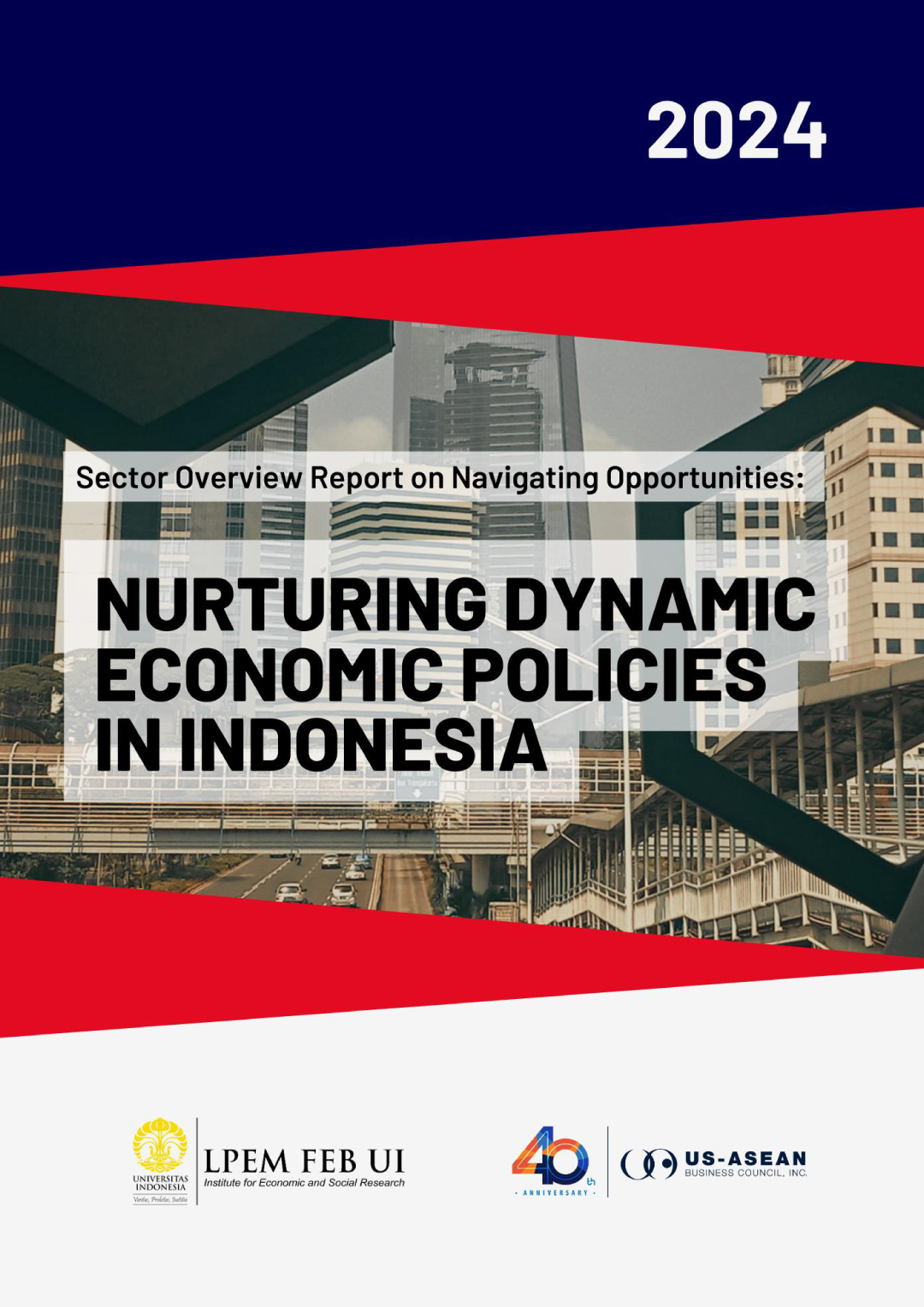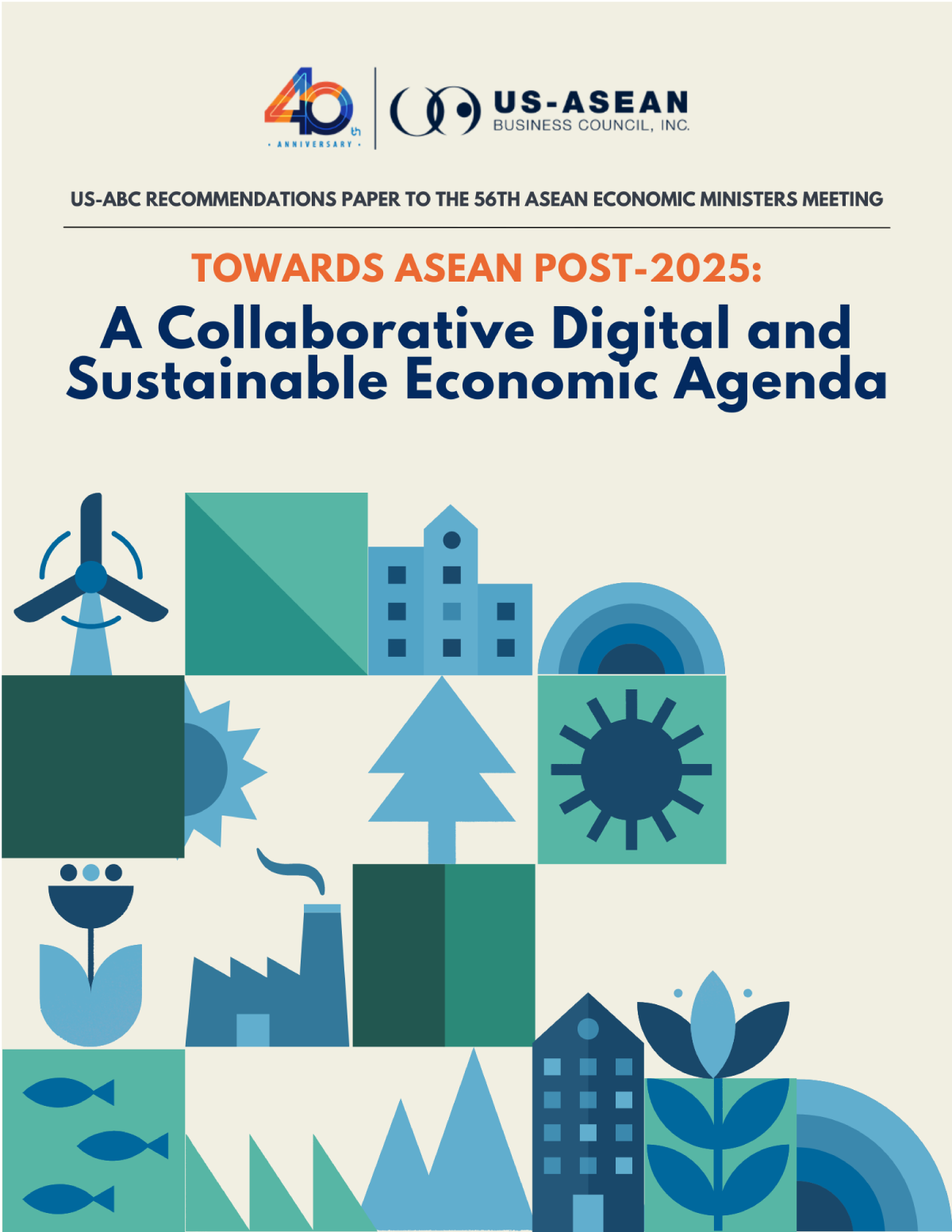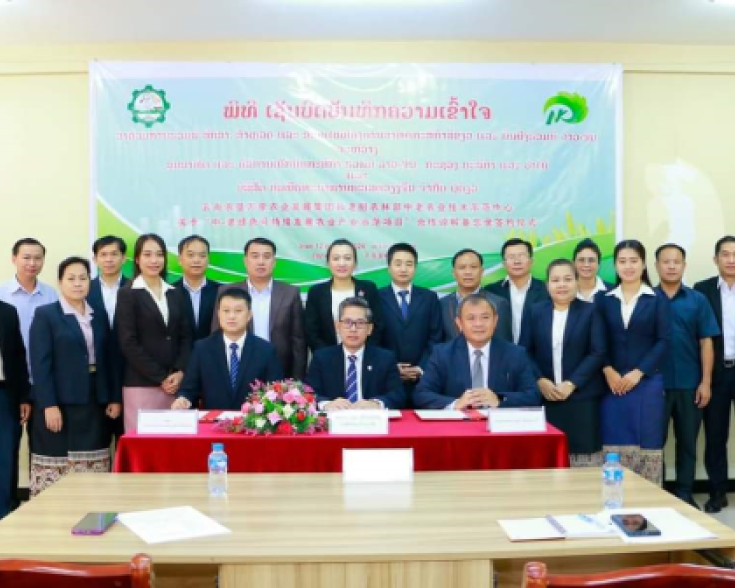Antimicrobial Resistance in Animals Used for Food in Southeast Asia

Scientists are warning that antimicrobial resistance (AMR) among livestock could create a global health disaster. In a review published in the International Journal of Food Science and Technology, Royal Melbourne Institute of Technology (RMIT) researchers examined the issues of antibiotic resistance and veterinary drug residues in animal products in Southeast Asia.
AMR develops when a pathogen is exposed to a drug and becomes resistant. Antibiotic overuse on farms can spill over into the environment, with antibiotics in food, water runoff, and animal waste, promoting AMR development. The World Health Organization (WHO) has listed AMR as one of the top health challenges of the 21st century. In fact, it projects that by 2050, drug-resistant diseases could kill up to 10 million people per year. Currently, over 700,000 people die annually due to AMR. Review co-author and associate dean at RMIT Rajaraman Eri warns that “a big pandemic [is] waiting to happen in the form of antimicrobial resistance.”
Southeast Asia has been called the “epicenter” of the AMR crisis, where the overuse of antimicrobial drugs, largely to promote growth among animals, have increased drug resistance among pathogens. The region is a global livestock hub, with billions of chickens and millions of other livestock such as cattle, pigs, and sheep, according to the United Nations’ Food and Agriculture Organization (FAO). The prevalence of small-scale farming, informal food markets, and limited veterinary services create challenges for Southeast Asian governments to regulate antibiotic use and surveille AMR. Global trade networks have also increased opportunities for the spread of AMR internationally.
To combat AMR in Southeast Asia, researchers recommend several policy solutions such as country-specific awareness campaigns and surveillance systems, international cooperation to combat AMR on a regional level, and research and development for sustainable farming practices and alternative antimicrobial solutions.










